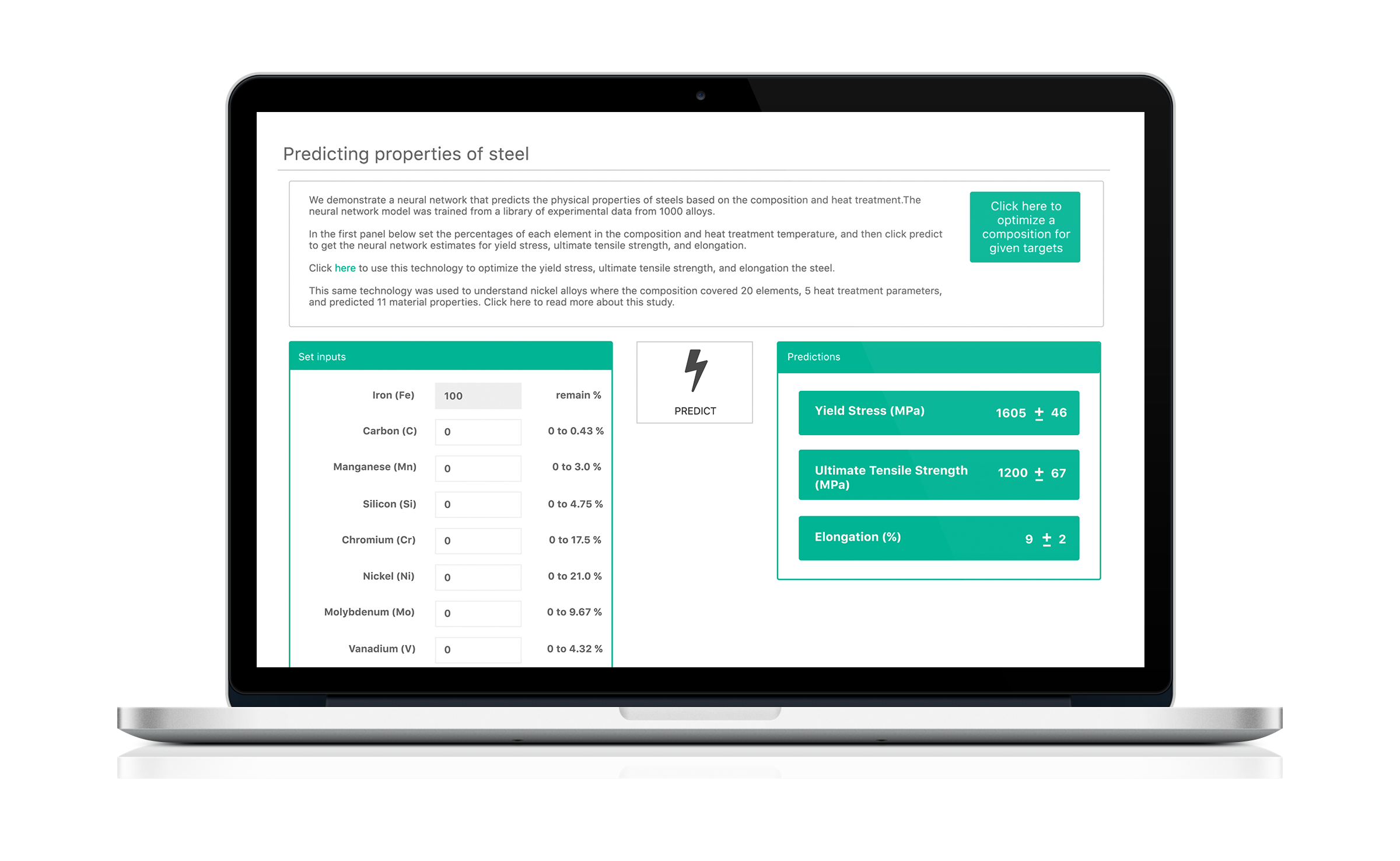Joined by the University of Sheffield’s AMRC and aerospace manufacturer Boeing, Intellegens, a University of Cambridge AI spin-out, is set to lead an R&D project focused on advancing the 3D printing of aerospace components.
Project MEDAL will see the company’s own machine learning platform, Alchemite, being used to optimize process parameters for the laser powder bed fusion process, ensuring end-use aircraft parts can be printed faster and cheaper with new materials.
The project will be conducted under the National Aerospace Technology Exploitation Programme (NATEP), which is a £10M initiative designed to help UK SMEs develop innovative aerospace technologies.
Ben Pellegrini, CEO of Intellegens, states, “We are very excited to be launching this project in conjunction with the AMRC. The intersection of machine learning, design of experiments, and additive manufacturing holds enormous potential to rapidly develop and deploy custom parts not only in aerospace, as proven by the involvement of Boeing, but in medical, transport and consumer product applications.”

Overcoming the material barrier
With an industry as regulated as aerospace, end-use components are forced to undergo extensive testing to ensure their mechanical properties are up to scratch. While it would be great to 3D print many of these components, industrial additive manufacturing is unfortunately fairly limited in its material compatibility. Designing a new material altogether is especially tedious and costly, as the testing and certification process can cost as much as £1M and take over a year to complete.
This is the hurdle Project MEDAL aims to overcome. The partners will employ machine learning to optimize process parameters for new alloys in a more timely manner, accelerating the material development process while cutting costs.
James Hughes, Research Director at the AMRC, adds, “At the AMRC we have experienced first-hand, and through our partner network, how onerous it is to develop a robust set of process parameters for AM. It is our intention to develop an end-to-end methodology for process parameter development that encompasses how we operate our machinery right through to how we generate response variables quickly and efficiently. Intellegens’ AI-embedded platform Alchemite will be at the heart of all of this.”

Supercharging experimental design techniques
Experimental design techniques are integral to developing new products and processes safely and cost-efficiently. The most common technique is Design of Experiments (DOE), which is a statistical method used to evaluate the effects of several factors at once.
Pellegrini adds, “DOE is a more efficient, systematic way of choosing and carrying out experiments compared to the Change One Separate variable at a Time (COST) approach. However, the high number of experiments required to obtain a reliable covering of the search space means that DOE can still be a lengthy and costly process, which can be improved.”
The partners believe their machine learning approach will reduce the number of experimental cycles required by around 80%, and Intellegens’ software platform will even be able to suggest which experiments need to be prioritized. By fast-tracking the alloy development process, the team hopes to enable the production of more lightweight integrated aerospace parts, resulting in more energy-efficient air travel and environmental benefits.
Although it is a fairly niche field, the use of AI in materials development has been attempted before. Researchers from New York University’s Tandon School of Engineering have previously used machine learning tools to reverse engineer glass and carbon fiber 3D printed components. By running the CT scans of a 3D printed part through ML models, the NYU team was able to accurately predict the printing toolpaths associated with properties such as structural strength, flexibility, and durability.
Elsewhere, at the Swinburne University of Technology, researchers have previously used machine learning to develop stronger 3D printed geopolymer cements. Much like Intellegens’ platform, the research team used predictive models to target specific variables, which then allowed them to optimize the makeup of their own experimental 3D printed materials.
Subscribe to the 3D Printing Industry newsletter for the latest news in additive manufacturing. You can also stay connected by following us on Twitter and liking us on Facebook.
Looking for a career in additive manufacturing? Visit 3D Printing Jobs for a selection of roles in the industry.
Featured image shows the Boeing 787 Dreamliner. Photo via Boeing.


